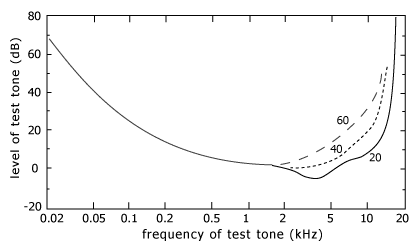....
For all these variables one cannot test.
....
You cannot test all situations under all circumstances.
Yes absolutely, complete testing would be presumably prohibitively expensive and time consuming for the most part even though we'd all love to see that data.
Though I also wonder if the imperfect data we do have would allow us any valid conclusions regarding emc immunity.For example would a ranking of the apparent results within the scope of Amirs standard test suite make sense? ie possibly the analysis of whether there is presence or absence, or size differences of these grid frequency disturbances , among the various DUT's, within the fft scans which may be useful data to us somehow?
For example is it a valid thing to say that the X-Sabre proved more immune, at least within this test, than the TotalDAC and so therefore may be considered a better bet EMI immunity wise, out in the wild? or is this also not doing a proper apples to apples comparison?

